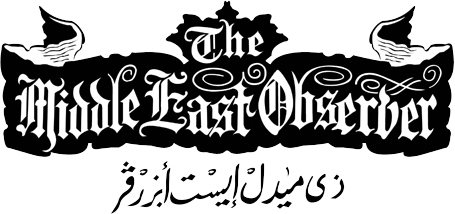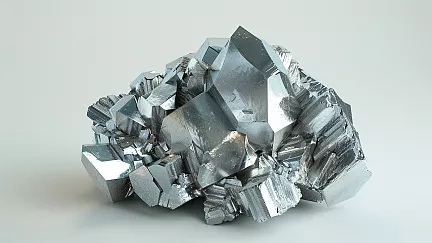Kazakhstan has revealed the discovery of a significant rare earth element deposit in the Karagandy region, poised to elevate the nation’s standing in the global market. Unveiled on the eve of the EU-Central Asian Summit in Uzbekistan, this strategic revelation highlights Kazakhstan’s potential as a major player in rare earth supply.
Dubbed “New Kazakhstan,” the deposit is estimated to contain nearly 1 million tonnes of critical elements such as cerium, lanthanum, neodymium, and yttrium. These elements are essential for manufacturing high-tech devices, including smartphones and digital cameras. Initial assessments suggest the site could harbor up to 20 million tonnes of reserves at depths of 300 meters, with an average content of 700 grams per tonne.
Despite the promising figures, experts urge caution. Georgiy Freiman, chair of the Professional Association of Independent Mining Experts (PONEN), emphasizes the need for comprehensive exploratory studies. “To call it a deposit, you must fully investigate all mineralized elements, hydrogeology, and geomechanics, and conduct a thorough economic analysis,” Freiman asserted.
The timing of the announcement was strategic, coinciding with the EU-Central Asia Summit where the EU expressed intentions to deepen ties with Kazakhstan. Aleška Simkić, the EU’s ambassador to Kazakhstan, noted the announcement’s impact on positioning Kazakhstan as a key player in discussions about critical raw materials.
Developing the “New Kazakhstan” site is projected to require significant investment and a timeline of six to twelve years before ore extraction can begin. Arthur Poliakov, executive chairman of the MINEX Forum, highlights Kazakhstan’s current technological limitations in processing rare earth elements, suggesting potential partnerships with China and the EU to overcome these hurdles.
Poliakov remarked, “China, being the largest consumer and producer of commodities using rare earths, is a likely partner. The EU, with its green technology focus, could also play a crucial role. Logistics remains a challenge, necessitating the development of the Middle Corridor for efficient transport.”
As Kazakhstan embarks on this ambitious venture, the potential economic impact and geopolitical implications are substantial. The discovery not only positions Kazakhstan as a vital source of rare earth elements but also as a strategic partner for global powers looking to secure critical resources.


